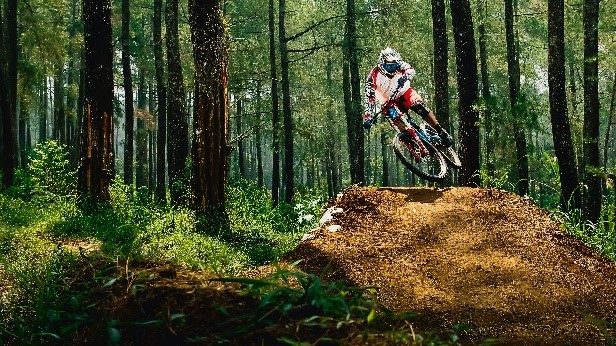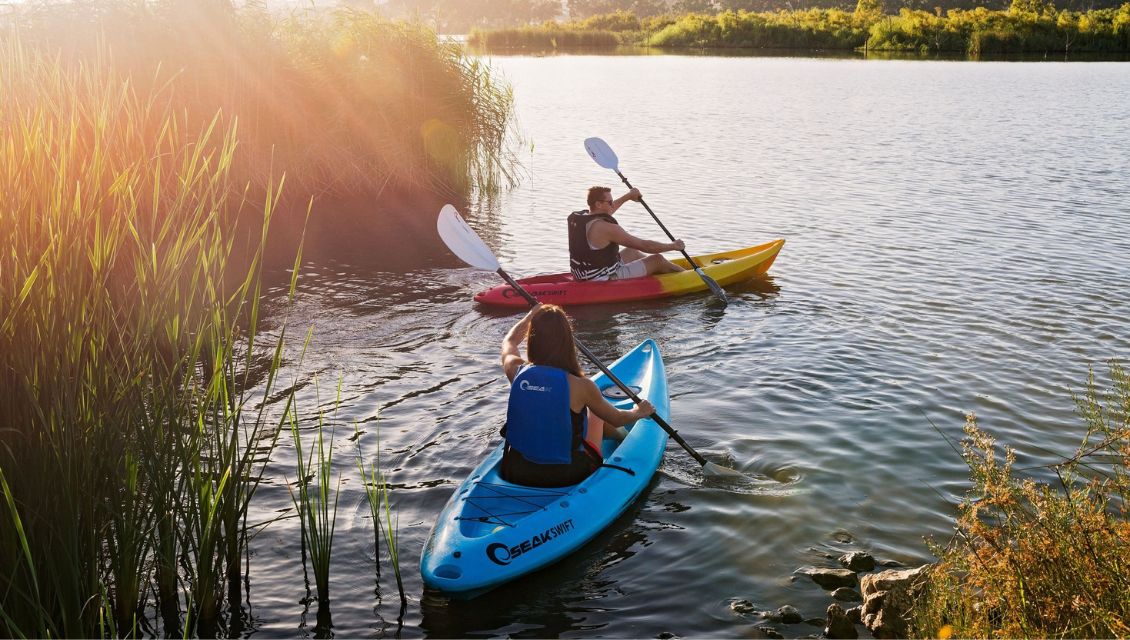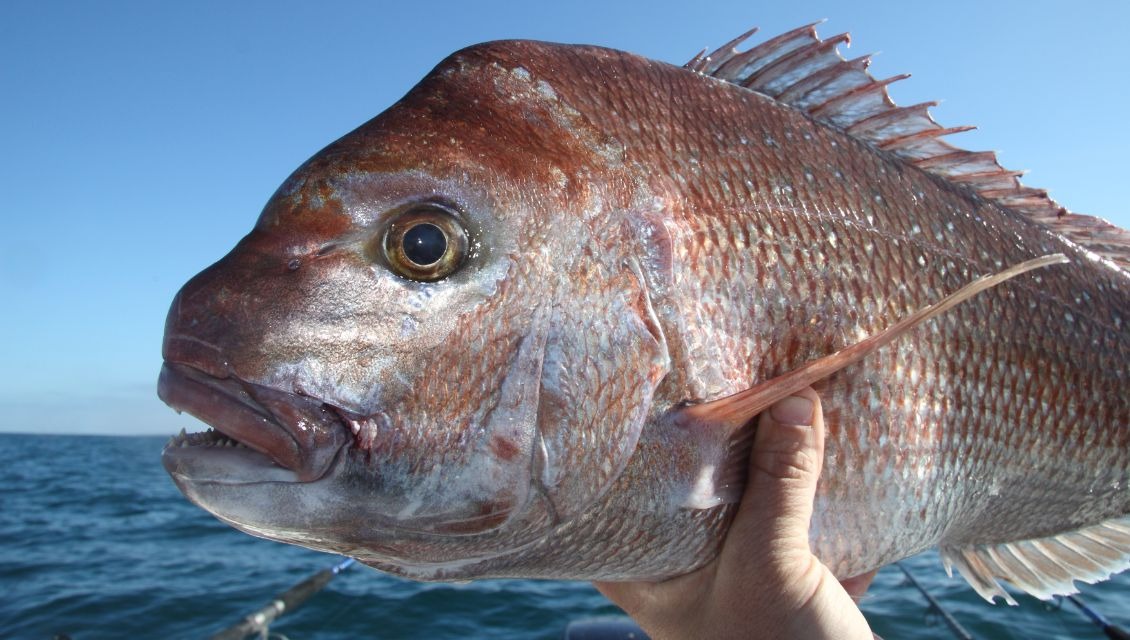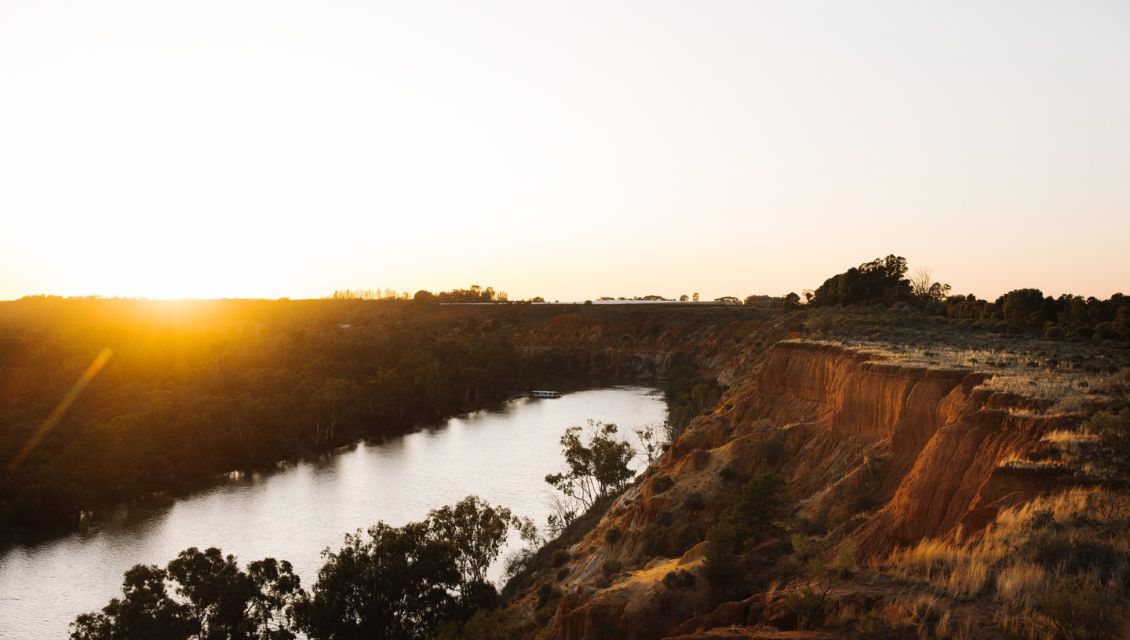
While most beachgoers lament the end of summer, for South Australia’s fishers things are just starting to get interesting.
The constant summer afternoon sea breezes which make life hard for anglers – especially boat-based anglers – in the summer months give way to autumn’s glassy days.
And the change in temperatures bring in a range of new species, particular for offshore fishers chasing tuna, kingfish and other hard-fighting species around our many islands and reefs.
So as the days get cooler the fishing only gets hotter, and with this in mind we bring you a guide to the best species – and spots – to get a feed this autumn.
Salmon
Unrelated to the popular eating fish of the northern hemisphere, our “salmon” are one of South Australia’s most popular recreational fish.
Famous for punching above their weight on the fighting front, salmon are available year-round, but the cooler months see much bigger fish venturing into the surf zone.
Salmon doesn't have a reputation for being a high-quality table fish, but with the right handling and preparation they can be good eating.
Best spots: Any gutters along South Australia’s many surf beaches, from the Far West Coast through to the South-East. Try Almonta Beach on the Eyre Peninsula and Waitpinga Beach closer to Adelaide.
Tackle and bait: Salmon will take almost anything if they’re in a feeding mood, but pilchards are a common bait and silver spinner-type lures are very effective.
King George whiting
By far the most sought-after eating fish in South Australia, King George whiting have a wonderful flavour and are great fun to target with light gear.
As autumn sets in and the temperatures fall, this famous fish begins to move into our sheltered bays to feed and breed in areas with seagrass, which is great news if you’re looking to catch a couple for your frying pan.
When cooking, the natural flavour of the King George Whiting should be allowed to shine – a dusting of seasoned flour or perhaps some panko crumbs and you’re done.
Best spots: Fishing sheltered bays, targeting the sand holes between weed patches, is the most common way to target whiting. Venus Bay on the West Coast and Fishermans Bay on Yorke Peninsula are popular spots, but many boat anglers do well just off the coast of Adelaide’s metro beaches.
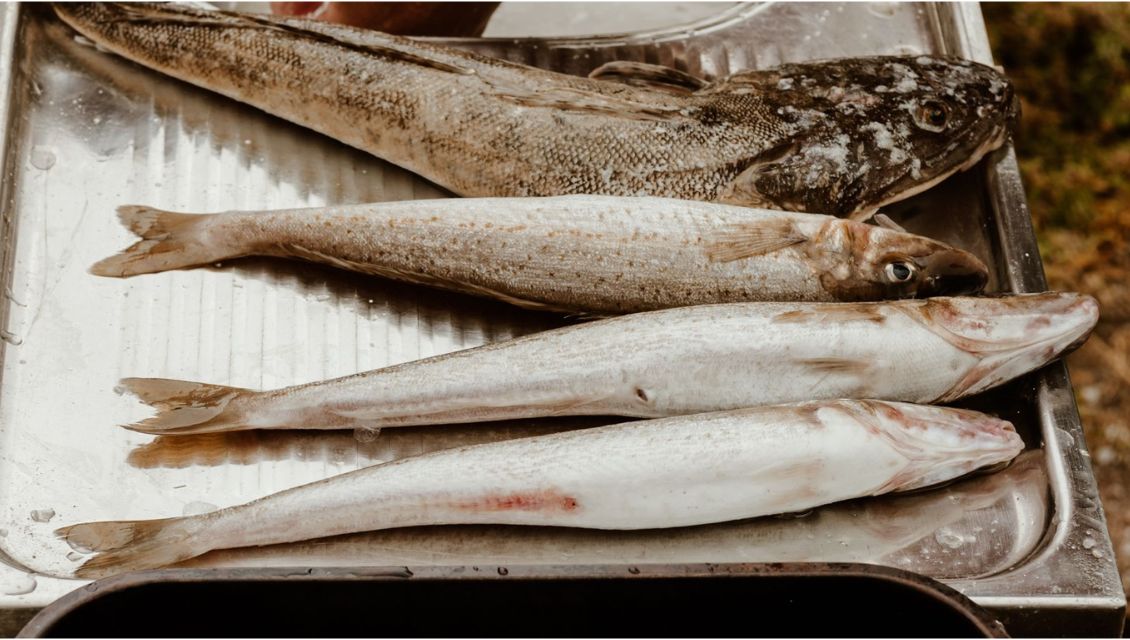 Tackle and bait: Goolwa cockles, fresh prawn and squid are all popular baits, using a two-hook “paternoster” rig on the bottom.
Tackle and bait: Goolwa cockles, fresh prawn and squid are all popular baits, using a two-hook “paternoster” rig on the bottom.
Southern calamari
The ever-popular squid, southern calamari, is a favourite for boaties, kayakers and jetty fishers alike.
Winter is peak squidding time, but there’s every chance of catching good squid across the autumn months, and the best news is you can have a lot of success from South Australia’s many jetties.
Best fried, this species pairs perfectly with spuds for a dish of calarmari and chips and can also take the heavier spices of a Chinese salt and pepper cooking style.
Best spots: Virtually any jetty can turn up a squid or two, but famous spots include Marion Bay and Elliston jetties. Closer to Adelaide, Rapid Bay on the Fleurieu Peninsula is a popular spot.
Tackle and bait: The beauty of squid fishing is the simplicity of the set up – just a rod and a squid jig. Cast and retrieve over weedy and reefy bottom. As for the best colour jig, well you could ask 100 fishers and get 100 different answers.
Southern bluefin tuna
Not for the faint-hearted, these large and powerful sportfish come into their own in autumn, with the famous “barrel” – or extra-large – fish turning up in the state’s South-East.
Port MacDonnell is the centre of the tuna fishing universe at this time of year, with charter boat skippers working hard to put anglers onto what could well be the fish of a lifetime. Fish in the 100kg range are not uncommon in this region.
Famous as the preferred sashimi tuna in Japan, this fish also grills and smokes beautifully.
Best spots: The aforementioned Port MacDonnell, along with Backstairs Passage and offshore islands of Eyre Peninsula.
Tackle and bait: These big fish need big lures and big reels. In most cases this is something your charter skipper will take care of - you just need to bring strong arms.
Mullet
Back to a more manageable fish, mullet can be caught in good numbers across the autumn months.
Mullet is an excellent species to target from shore, and casters will find them in a wide range of environments from estuaries to raging surf beaches.
The taste can vary, depending on where you catch them, with ocean mullet generally considered better eating than their estuary cousins.
Best spots: Almost any patch of water can turn up mullet, with the bays of Eyre and Yorke peninsulas and Kangaroo Island being popular spots to try.
Tackle and bait: Cockles, or small pieces of squid or prawn, teamed with small hooks will produce the best results. Berley is very effective for mullet, bringing the fish to the region and keeping them there.
In conclusion, autumn is a fantastic time to fish in South Australia.
The winter species are starting to show, the summer staples are often still around, and the weather is about as good as it gets.
Key is to be aware of the bag limits and size restrictions when fishing. Regulations can be found here or download the handy SA Fishing app run by the Department of Primary Industries and Regions, so you’ll have the rules handy at all times.
Tight lines!
Picture credits: Rose Ayliffe Photography; South Australian Tourism Commission

